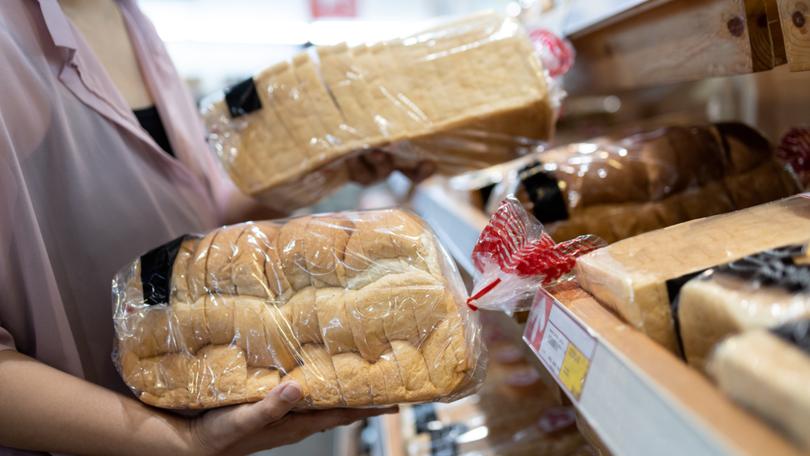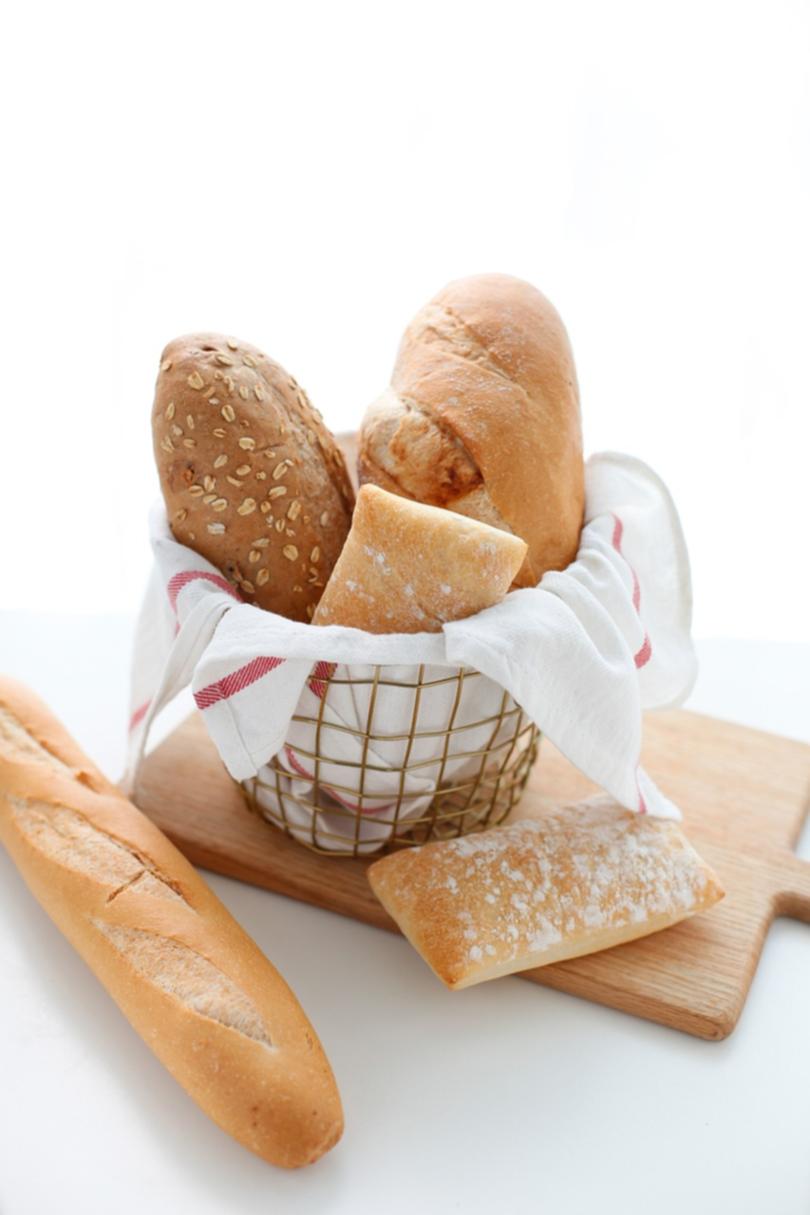What are the best breads to eat from the supermarket? Nutritionist Sarah Di Lorenzo breaks it down

Do you ever find yourself standing in the bread aisle of the supermarket looking at all the different types of bread wondering what is the best purchase?
Most of us generally know white bread is not the number one choice when it comes to our health but then you find yourself looking at multigrain, high fibre, spelt, spelt sourdough, whole grain, whole meal, sourdough, multigrain sourdough, rye, oat, seeded, low carb, harvested seeds and grains, soy and linseeds, low carb high protein, country grains, gluten-free and then there are the breads that have extra vitamins and minerals.
So I am going to break down the bread aisle for you so you can make a better choice for your health goals. For your guide, one slice of bread is considered a serving size and that size has a thickness of 1.2cm.
Sign up to The Nightly's newsletters.
Get the first look at the digital newspaper, curated daily stories and breaking headlines delivered to your inbox.
By continuing you agree to our Terms and Privacy Policy.The best formula for choosing the best bread starts with looking at the nutritional panel on the bread packet.
Look for the first ingredient which will tell you what the bread is mostly made from.
Next be sure you can recognise the ingredients on the panel, a bread with a multitude of ingredients and words you don’t understand will generally mean it is ultra-processed.
When it comes to the protein, a serving size should be around four grams, sodium around 120mg, the fibre should be around four grams and the carbohydrates per slice will generally sit around 20 grams unless you make the choice for a low-carb bread.

The average calorie count for a slice of bread is around 80 calories.
Now there is a plethora of breads as mentioned so I am going to break down the breads in the most common groups.
For those who love white bread, this is the most refined of all the breads.
White bread is made from white flour.
White flour is a pure carbohydrate, in the refining process the whole grain has had the bran or outer shell of the fibre removed as well as the germ which is part of the whole grain that contains good fats, vitamins and minerals plus other plant nutrients, what this left is the part of grain called the endosperm which is a starch and energy source.
This means that it has a high glycemic index and each slice is around 1.5 grams of fibre.
You will see many white breads now fortified with vitamins and minerals.
Wholemeal is the next step up from white bread.
Wholemeal is made from flour that comes from whole grains so it does contain fibre, protein, vitamins and minerals but has a similar glycemic index to white bread regardless it is a better choice and good for digestion, will sit around four grams of protein and four grams of fibre per slice.
This is where bread can start to get confusing for the shopper.
A multi-grain bread means a bread that has many grains but it can still be made with white flour.
This is obviously a better option than white bread as it contains the nutrients of the whole grains.
The next best option is the whole grain bread.
This means the flour is made from whole grains as well as additional grains.
You will find many of these breads contain grains like chia and seeds like flax seeds that are both amazing sources of omega 3.
The variety in this category is extensive and the bread is a much healthier option but you will find the calorie count doubles up to 200 calories per slice and the protein content can be around 10 grams, almost triple the amount.
Many people choose rye bread for the texture, taste and fibre.
Rye is a healthy option as it is made from whole grains, but is also a good source of magnesium, zinc and B vitamins.
Rye bread also has a lower gluten content so it’s a better choice for those with a gluten sensitivity.
For those of you who are gluten intolerant or have celiac disease, when it comes to choosing a gluten-free bread look for one made from quinoa or chickpea flour as these both have a low glycemic index.
I would have to say the gluten-free bread options are improving with new choices including whole grains.
This brings me to what I would say is the healthiest option for bread and what I recommend my patients to have and it is sourdough.
We can trace back humans eating sourdough to 3700 BCE.
What makes sourdough so popular is it has a low glycemic index, is excellent for those with gluten sensitivity, is good for blood glucose, we digest it better and it is FODMAP friendly.
Sourdough is a fermented bread so it’s excellent as a prebiotic to feed all the good bacteria in our gut.
My only tip on sourdough is to watch the size of the slice as one slice in many breads can be two serving sizes.
I hope now you feel armed with the knowledge to make the right choice of bread for you on your next trip to the bread aisle.

